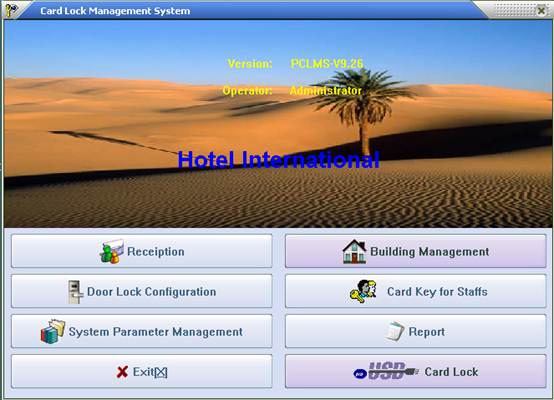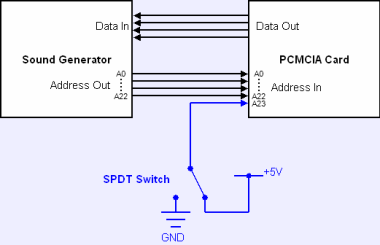

It generally applies to any type other than char types.The most common form of proof of competency is the Pleasure Craft Operator Card (PCOC). Note, again, that in general case in order to access internal representation of type int you have to do the same thing.

You can use bitwise operations on these unsigned char values, if you want to. Now by accessing elements c through c you will see the internal representation of type double. If you really want to get to the internal binary representation of an object of any type, as you stated in your question, you need to reinterpret the object of that type as an array of unsigned char objects and then use the bitwise operators on these unsigned charsĬonst unsigned char *c = reinterpret_cast(&d) That applies to int as well as to double. Bitwise operators work with value representation of the type, which is generally different from object representation. But it shows how you can do it - using a union.īitwise operators don't generally work with "binary representation" (also called object representation) of any type. If you're using Intel (little-endian), you'll probably need to tweak the code to deal with the reverse bit order. Contact me if you want the code (see my profile). The commented out 'image_print()` function prints an arbitrary set of bytes in hex, with various minor tweaks. image_print(stdout, 0, d.data, sizeof(d.data))


image_print(stdout, 0, f.data, sizeof(f.data)) Printf("SPARC: float/double of %g\n", v) The bitwise operators do not make sense when applied to double or float, and the standard says that the bitwise operators ( ~, &, |, ^, >,


 0 kommentar(er)
0 kommentar(er)
